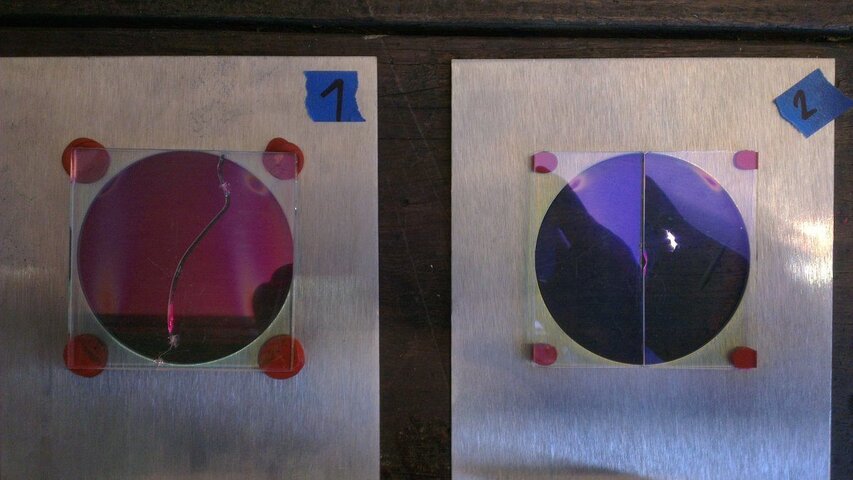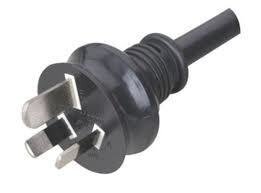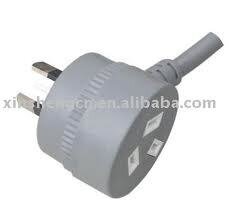So, I've finally got around to having a good look inside the pair of Intellabeam 700HX's that I bought last month. A couple of (hopefully) quick questions to clarify some of my findings;
- From what I understand, the IR blocking glass is supposed to be split down the middle. Have a look at the attached photo, but from what I can tell I don't think either of them should be like that...
-This next question will probably be restricted to someone with an understanding of Australian electrical practises; One of the 700HX's has a piggy back connector, the other does not. Which is the correct for a fixture of this type? Most of the LED parcans I see with piggy back connectors, while any mover I have ever used/seen has always had a normal connector attached. Has it got something to do with the amperage of the fixture? If so, which connector should rightly go on the 700HX?

- From what I understand, the IR blocking glass is supposed to be split down the middle. Have a look at the attached photo, but from what I can tell I don't think either of them should be like that...
-This next question will probably be restricted to someone with an understanding of Australian electrical practises; One of the 700HX's has a piggy back connector, the other does not. Which is the correct for a fixture of this type? Most of the LED parcans I see with piggy back connectors, while any mover I have ever used/seen has always had a normal connector attached. Has it got something to do with the amperage of the fixture? If so, which connector should rightly go on the 700HX?





